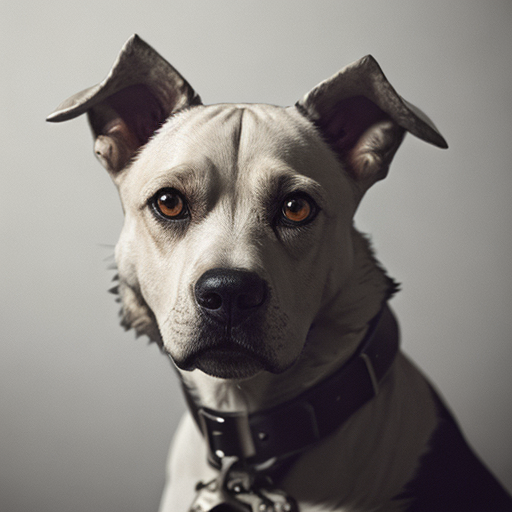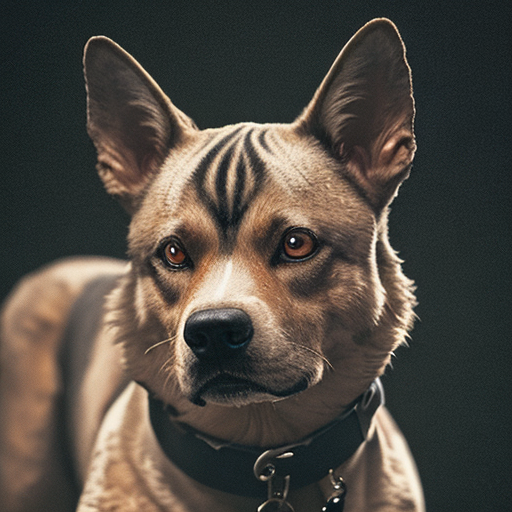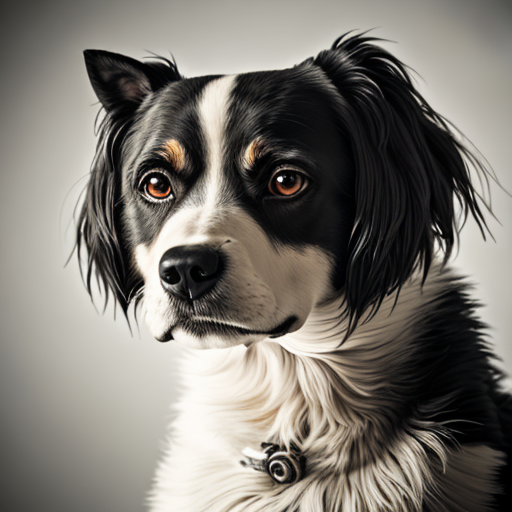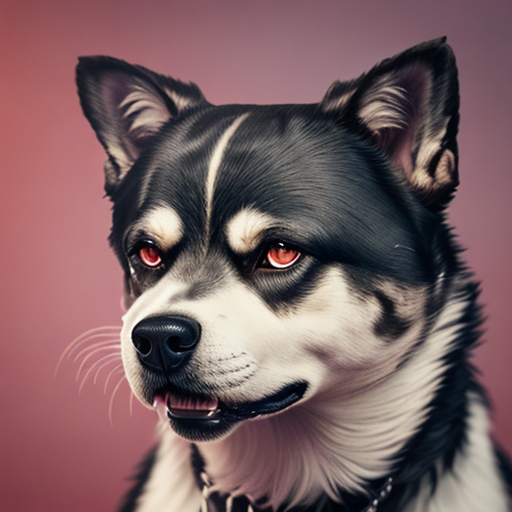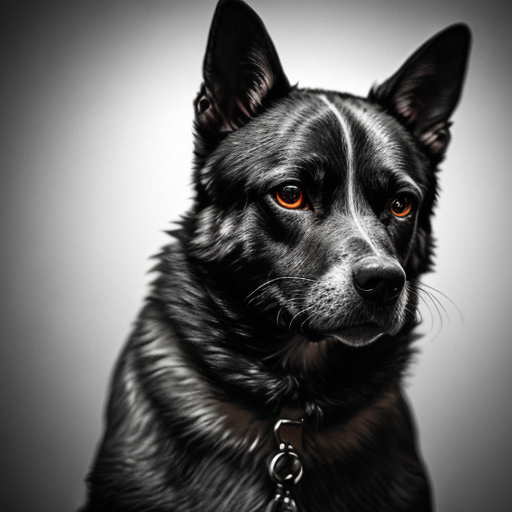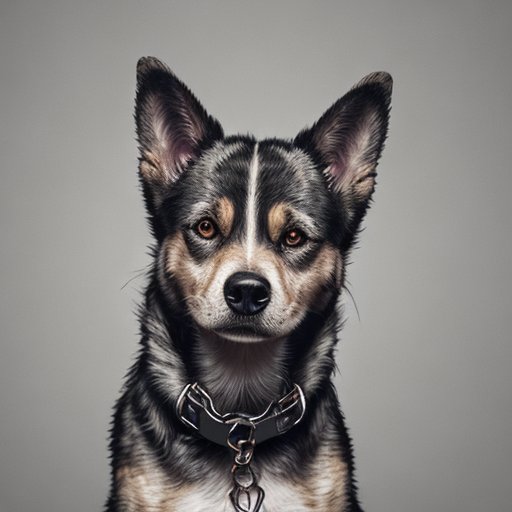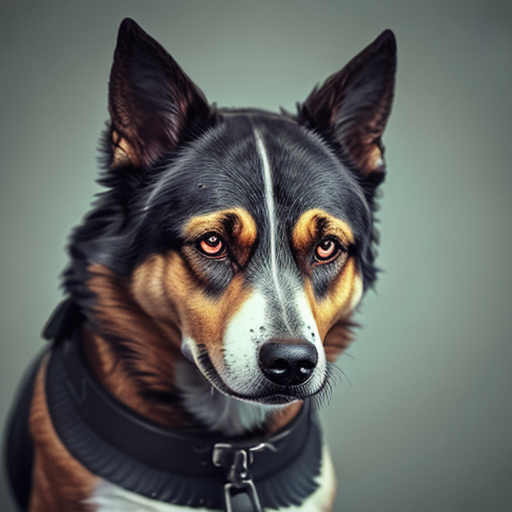
As technology continues to evolve, the boundaries between the digital and physical world are becoming increasingly blurred. One example of this is the creation of a digital dog in moody lighting, which combines the power of digital technology with the aesthetics of dramatic lighting. At its core, a digital dog in moody lighting is a 3D model of a dog that has been created using computer software. This model can be manipulated in a variety of ways, allowing it to be posed in different positions and expressions. The digital dog can also be textured and lit in different ways, allowing it to be placed in a variety of environments and lighting conditions.
The use of moody lighting is particularly effective when creating a digital dog. Moody lighting typically refers to lighting that is low-key and dramatic, with deep shadows and high contrast. This type of lighting can be used to create a sense of mystery and drama, which can be especially effective when combined with the image of a dog.
One way to use moody lighting when creating a digital dog is to place the dog in a dark or shadowy environment. This can create a sense of tension and danger, as if the dog is prowling through the darkness. The use of dramatic lighting can also help to highlight specific features of the dog, such as its fur or eyes, making it appear even more lifelike. Another way to use moody lighting is to create a sense of emotion in the digital dog. For example, by using lighting to highlight the dog's eyes or facial features, the model can appear to be sad, happy, or even menacing. This can be particularly effective when creating digital dogs for use in movies or video games, where emotions play a key role in storytelling.
Overall, the use of a digital dog in moody lighting is a powerful and versatile technique that can be used to create a wide range of effects. Whether used to create tension and drama or to evoke a specific emotion, the combination of digital technology and dramatic lighting can produce truly stunning results.
